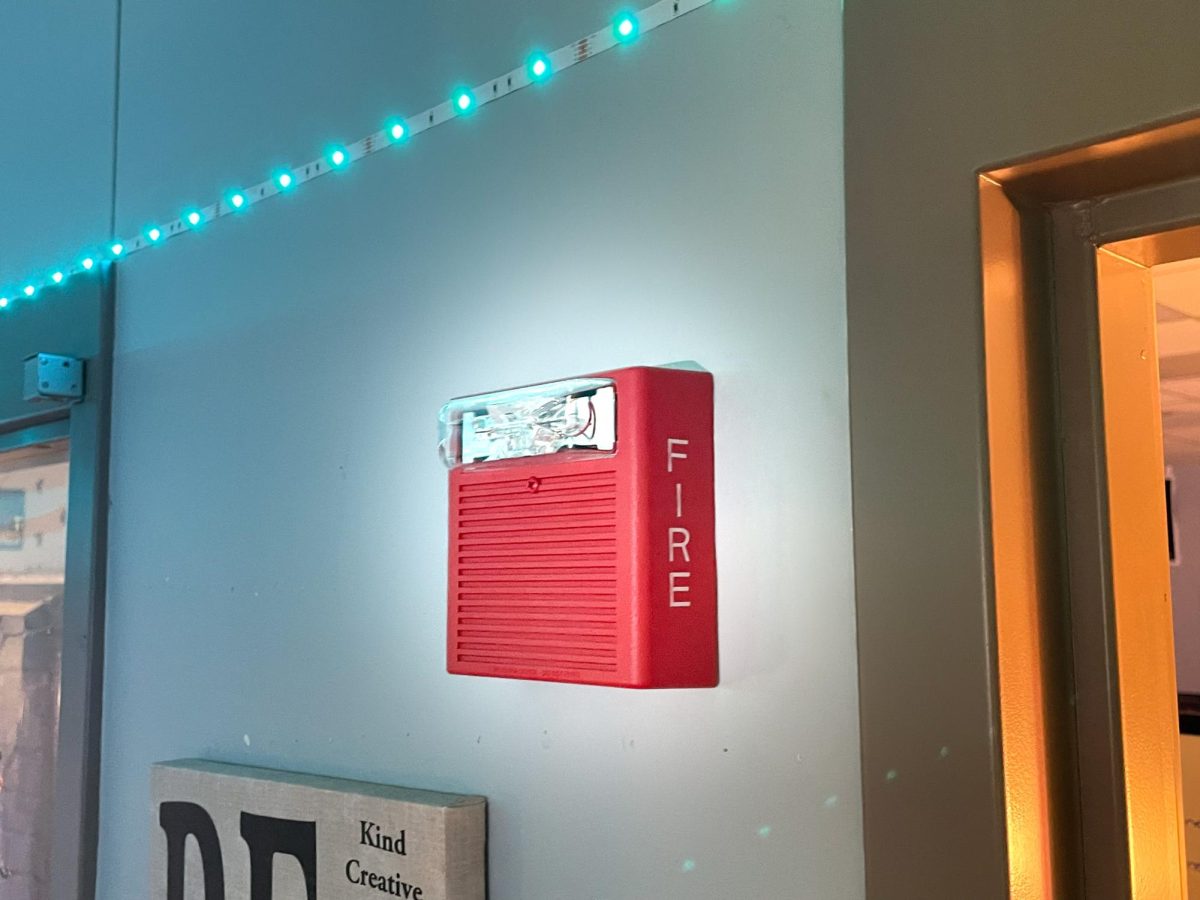After an exhaustive class period, advocate has just started. Students are handing in passes, ushering to other classes and I’m scrambling to open my computer and begin working on another assignment. Suddenly, I hear a familiar, piercing cry resonate throughout the classroom. There’s a fire drill. Again.
Fire drills are done too much.
First off, fire drills are distracting and take away valuable time from teachers and students. While most drills are planned to take place during advocate, some occur during tests, quizzes or important lectures. The minutes lost lining up, filing out of the door and standing outside cannot be returned once they are taken away. Drills done during advocate are not much better. Advocate gives students the opportunity to study, catch up on work and most importantly, correct assignments with teachers.
But time isn’t the only problem. Fire drills are done excessively. Typically, drills are done once a month, but occur even more often through the typical false alarm and science class mishaps. Because of how frequently they’re conducted, the importance and therefore the seriousness of the drill itself is diluted. It goes without saying that if a school were to burn down, it would be crucial for students and teachers to act accordingly and practice safety regulations to ensure everyone leaves the building promptly. However, when the drill is done time after time, semester after semester, year after year, students are not as motivated to follow the drill accordingly, or even be able to distinguish a routine drill from a genuine fire.
Lastly, fire drills are irrelevant and outdated. According to the National Fire Protection Agency, (NFPA), there were an average of 3,230 school-related fires annually from 2014-2018. While this may sound like a lot, there are over 115,000 schools in the United States, with nearly 50 million students enrolled in public schools. This means that only 2.8% of schools actually experienced fires during that time frame.
So, what’s the solution? While fire drills occur too often, fires in schools still occasionally happen. To ensure that students are adequately prepared for the emergency, fire drills should not be omitted completely, rather just reduce the frequency, to maybe once or twice a semester. This way, students will not be as often annoyed or interrupted and will be able to take real fire incidents more seriously when a dangerous situation actually occurs.
*Editor’s note: Connie Cooper is a student writer. All views expressed in the commentary are her own and are independent of the district, Rouse High School and the publication.


